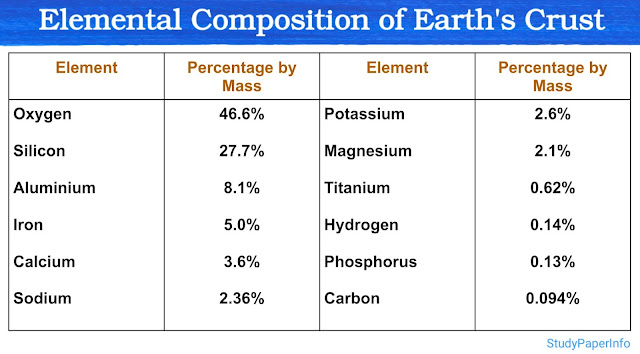What are the different routes followed by proteins targeted for lysosomal degradation?
Lysosomal degradation is one of the two major intracellular pathways responsible for maintaining protein homeostasis in eukaryotic cells, the other being the ubiquitin-proteasome system. While the proteasome primarily degrades short-lived or misfolded proteins that are tagged with ubiquitin, lysosomal degradation mainly targets long-lived cytoplasmic proteins, membrane proteins, protein aggregates, damaged organelles and extracellular proteins taken up by the cell. It plays a key role not only in general protein turnover but also in specialized physiological processes such as antigen presentation, cellular remodeling and metabolic adaptation during stress. Proteins targeted for lysosomal degradation are transported into the lysosome through four distinct routes, each with its own mechanism of substrate selection, delivery, and regulation. These include: Macroautophagy Microautophagy Chaperone-Mediated Au...

